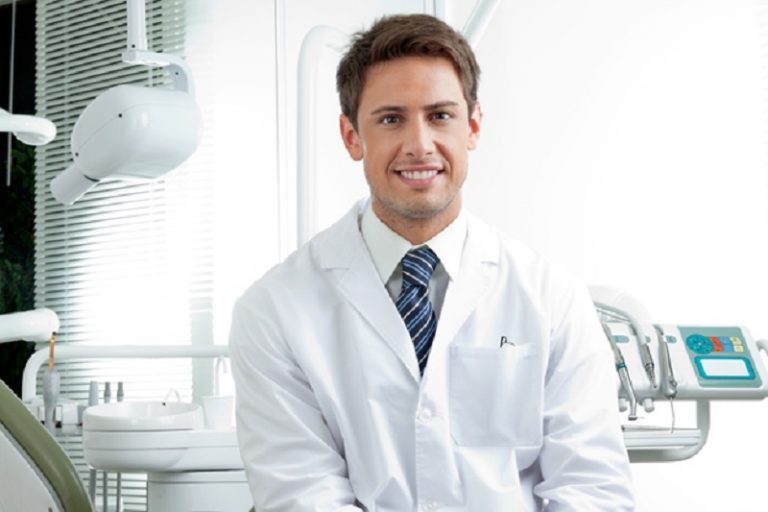Having teeth that do not look cohesive is a very common issue faced in all societies regardless of how advanced they are; while most people wish to address this in their early teen years, a lot of people avoid getting their teeth straightened and then have a change of heart because the misalignment may look too unappealing. Orthodontics have the ability to straighten you teeth using a range of treatments that are carried out by your orthodontist.
Orthodontic treatments are predominantly used to help improve the aesthetics and alignment of your teeth if they are visibly crooked, crowded, have gaps, or protrude. The treatments can also be used to correct issues such as overbites, underbites and crossbites which can occur due to poor dental genetics and extensive thumb sucking. If you suffer with any of the above mentioned issues and want to improve the appearance of your smile, your orthodontist Liverpool will be happy to help resolve them for you without the need to undergo any dental surgical procedures.
What are the benefits of visiting your orthodontist
Most people think that the only time you need to visit your orthodontist is when you require braces as a teenager, however there are many benefits to visiting your orthodontist as they are the best people to carry out the many forms of correctional treatments available such as correcting dental crowding, straightening your teeth, correcting problems with bites so that the front and back teeth meet evenly and reducing the risk of damaging any noticeable teeth.
Crowded and crooked teeth are very common issues people face; they can look very unsightly and may make it challenging for you to maintain clean teeth and gums thus increasing the risk of your teeth getting damaged. Improper positioning of your teeth and jaw can also have an effect on the shape of your face causing you to appear older than you are; this is just an added stress on top of having crowded teeth. Fortunately, your orthodontist can help avoid this through various preventative treatments such as braces and by inserting temporary screws into your jaw in order to attempt to realign them.
What orthodontic treatments can I get?
Orthodontic treatments are usually only carried out after all your milk teeth have fallen out and all the adult teeth have come through, so most treatments are usually not carried out on infants and young children. It is important to note that you can only proceed with orthodontic treatments provided that you have a good standard of oral hygiene; poor oral hygiene inhibits the treatment process for most orthodontic treatments and many orthodontic treatments can actually increase the risk of tooth decay and gum problems.
The most common form of orthodontic treatment involves the use of braces, both traditional metal braces and clear aligners, which focus on aligning the position of your teeth and closing any visible gaps. Braces apply slight pressure on your teeth to help them shift into the correct position over time and the treatment takes roughly one year to complete, however each individual case is different and is largely dependent on the severity of your misalignment. In extreme cases, your orthodontist may recommend that you wear special headgear or have temporary screws fixed into your jaw to support the braces, and sometimes you may even need to have some teeth surgically removed if they twist or overlap.
Another orthodontic treatment used to help improve the appearance of your teeth and gums that you may not have commonly heard of are functional appliances. Functional appliances are used to treat problems involving the positioning of your upper and lower jaw and teeth. If you suffer with this misalignment of your jaw, you may need to wear the functional appliances throughout the entire treatment as it will not work properly if they are not worn correctly. The only time you will be allowed to remove your functional appliance is when before eating or when they need to be cleaned.
Headgear is also a form of orthodontic treatment that is used to correct the positioning of your back teeth or to keep them in position while your front teeth are being treated. We appreciate that headgear is not attractive but fortunately, you only need to wear them in the evening and during the night when you sleep. It is important to note that you will be unable to eat or drink whilst wearing your headgear, so it is best to have an early dinner.
As with all dental treatments and procedures, it is fundamental that you discuss all details and questions you may have regarding the treatment with your orthodontist to determine whether the treatments are suitable for you and if they can help you achieve the results you want.


Comments are closed.